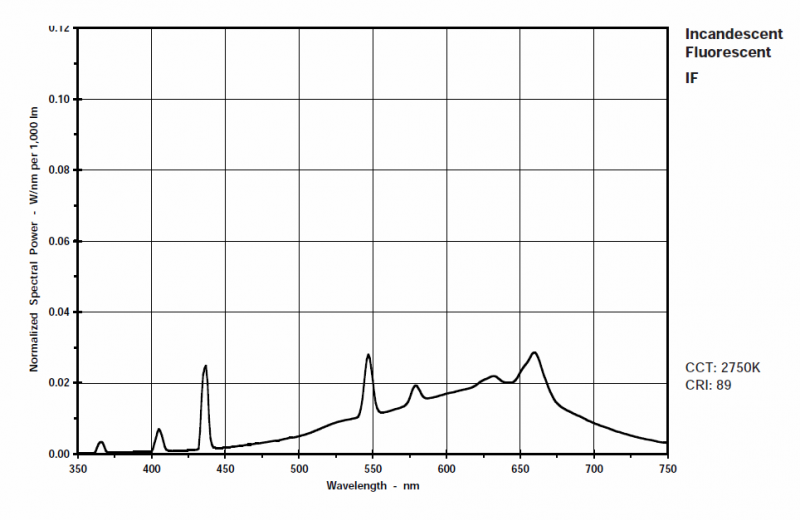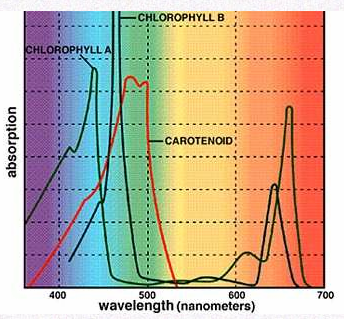I found a little info on the pulsing effect however its not the one I was looking for, still informative though, here it is: https://mywebspace.wisc.edu/tsharkey...ght%201995.pdf .
I have great success with four 660nm and two 445nm on each side of a 6"x6" screen. I have read about the UV 417-ish nm and coral development vs using only white and the royal blue and wondered if it would apply to my algae so I am going to try. I have plenty 417nm laying around after a DIY Tank Display LED build with about 1:1:1 ratio, white 20,000K:417nm:445nm and only two red 660nm. I figured I could throw two of the UV on one side of my screen and see what happens after a month or so. I was fearful of UV damage but I figured its worth a try, and I love to tinker and build stuff so it keeps me occupied in my free time. I have never seen anyone post anything about using UV on a scrubber so I figured I would give it a test.




 Reply With Quote
Reply With Quote





